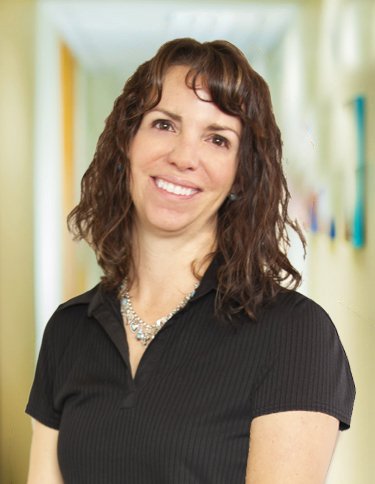Negative pressure wound therapy is a wound dressing system that utilizes a vacuum assisted drainage collection device that drains the wound. The negative pressure created by the vacuum stimulates the wound bed, improves oxygenation and promotes healing of open wounds.
Codes 97605 and 97606 are used to report negative wound pressure therapy services utilizing devices that are typically based in a facility or office and referred to as durable medical equipment (DME) because of their reusable nature. These devices are usually electronically powered, meaning they are plugged into an external electrical source, usually an outlet.
Codes 97607 and 97608 are used to report negative pressure wound therapy that is provided using disposable devices such as mechanically powered devices, typically battery operated. These types of devices are not considered DME because of their disposable nature.
Documentation will often include mention of foam application, usually by foam color such as black, white and blue, however, the type of foam used does not affect the code selection.
Here are some key documentation points for correct billing of NPWT:
- All NPWT services require direct (one-on-one) contact with the patient.
- NPWT services are billed by total wound surface area, therefore size should be documented:
- 97605 and 97607 are for wounds < 50 square centimeters
- 97606 and 97608 are for wounds >50 square centimeters
- Documentation should include the type of equipment used:
- DME or
- non-DME (disposable)
- Documentation should state that the NPWT was placed at an open wound site.
A common error seen when billing for these services is that they are billed when placed on an operative incision that has been surgically closed, in which case it is considered a dressing and not separately reportable.
Some examples of types of wounds that may be treated with NPWT include, but are not limited to the following:
- Chronic wounds such as diabetic foot ulcers, venous ulcers and pressure ulcers
- Traumatic/acute wounds that have not been repaired
- Dehiscence
- Partial-thickness burns
Codes for NPWT (97605-97608) bundle with many other procedures - always check NCCI edits before reporting!
References:
2020 AMA CPT Professional
CPT Assistant November 2014, Volume 24, Issue 11
2020 NCCI Chapter I, General Correct Coding Policies

Deanna Upston, CPMA, CPC, COSC
Consultant

Hi Amanda,
If our provider performs bilateral guillotine above-knee amputations and places a wound vac bilaterally, would we code 97606 once since MUE is 1or could I code this as 97606-50?
Hi Sharon,
Hello,
The NPWT codes have the verbiage “total wound(s) surface area” in the description, therefore it is appropriate to add up the surface area of all wounds and assign 1 unit of the NPWT code.
Thank you!
Deanna
Can we charge for a wound vac change/reapplication during the global period of related surgery? patient comes in for follow up global visit and has wound vac changed every time.
Hi Amanda,
This cannot be answered definitively without looking at documentation. However, we have some information you may find helpful! If wound vac is for the surgical wound that has an associated global period, then the below from CMS would apply.
https://www.cms.gov/Regulations-and-Guidance/Guidance/Manuals/Downloads/clm104c12.pdf
The Medicare approved amount for these procedures includes payment for the following services related to the surgery when furnished by the physician who performs the surgery:
-Complications Following Surgery – All additional medical or surgical services required of the surgeon during the postoperative period of the surgery because of complications which do not require additional trips to the operating room;
-Supplies – Except for those identified as exclusions; and
-Miscellaneous Services – Items such as dressing changes; local incisional care; removal of operative pack; removal of cutaneous sutures and staples, lines, wires, tubes, drains, casts, and splints; insertion, irrigation and removal of urinary catheters, routine peripheral intravenous lines, nasogastric and rectal tubes; and changes and removal of tracheostomy tubes
Services Not Included in the Global Surgical Package
-Visits unrelated to the diagnosis for which the surgical procedure is performed, unless the visits occur due to complications of the surgery;
-Treatment for the underlying condition or an added course of treatment which is not part of normal recovery from surgery
Can you charge for a NWPT 97605/97607/97606/97608 if you are only changing the trac pad?
Hi John,
It would depend on documentation. The NPWT codes include the following:
– Topical application(s)
– Wound assessment
– Instruction(s) for ongoing care, per session
If there is no wound assessment or instructions provided, then NPWT is not provided, and should not be coded.
Have a great weekend!
For CPT code 97605, the description states “per session.” so would you report it every time the wound dressing is changed?
Hi Leslie, CPT 97605 can be billed every day if the documentation supports the service, but the code has an MUE of 1, so it should not be reported more than once per day.